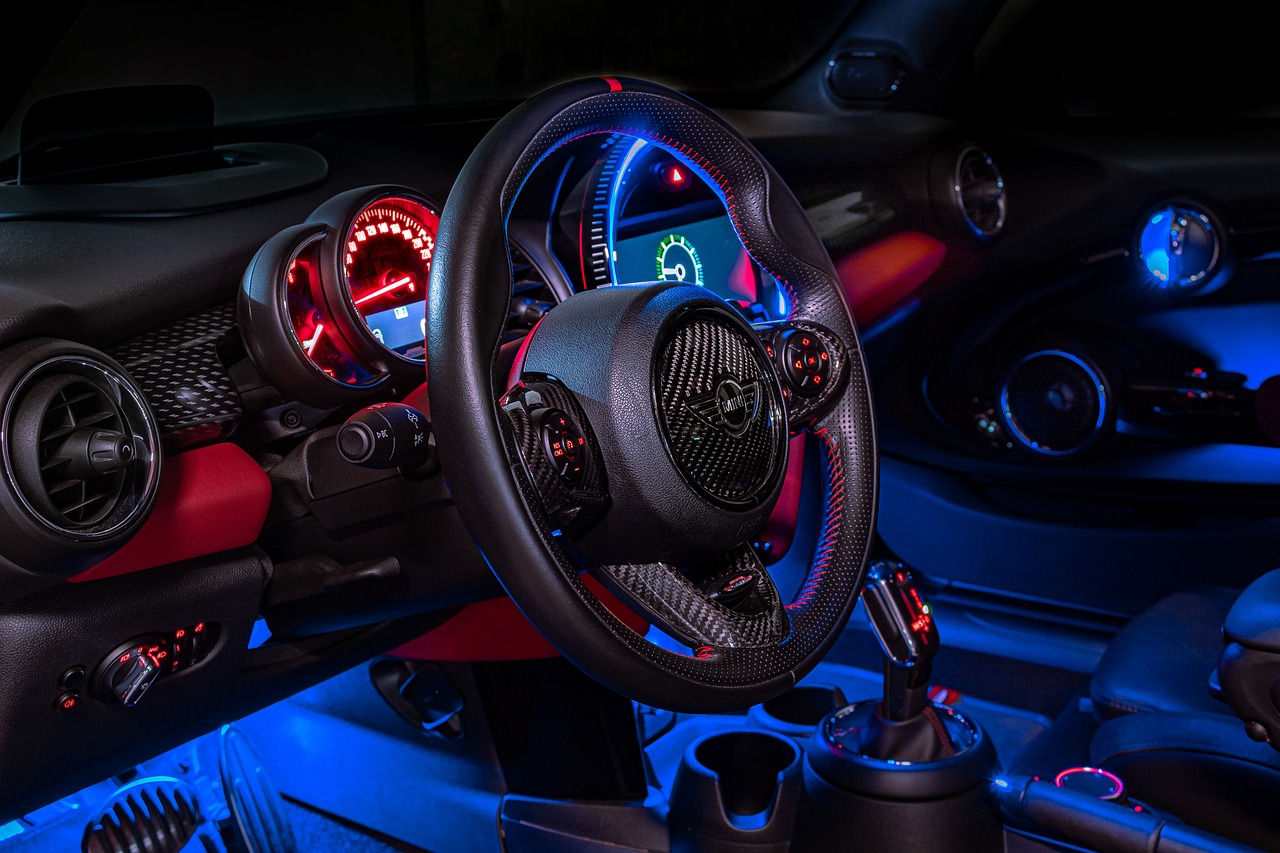Exploring the Integration of Augmented Reality Navigation in Windshields
Augmented reality (AR) technology integrated into windshield navigation systems is revolutionizing the way we interact with our vehicles. By overlaying digital information onto the real world view visible through the windshield, AR navigation enhances the driving experience by providing real-time and context-specific details to the driver. This includes turn-by-turn directions, points of interest, and even safety alerts, all seamlessly integrated into the driver’s line of sight.
The use of AR technology in windshield navigation not only enhances the driver’s situational awareness but also improves overall road safety. By displaying relevant information such as upcoming road signs, pedestrian crossings, and even highlighting potential hazards on the road, AR navigation systems help drivers make more informed decisions while keeping their focus on the road ahead. Additionally, the interactive and intuitive nature of AR navigation simplifies the driving experience, making it more enjoyable and reducing driver distractions commonly associated with traditional GPS systems.
Benefits of Augmented Reality Navigation in Vehicles
Augmented Reality (AR) navigation in vehicles offers a seamless and intuitive way for drivers to navigate their surroundings. By overlaying digital information onto the real world through the windshield, AR navigation provides drivers with clear and visual directions, reducing the need to glance down at traditional GPS devices or smartphones. This hands-free approach enhances safety by allowing drivers to keep their eyes on the road while receiving real-time guidance to their destination.
Furthermore, AR navigation in vehicles can improve overall driving experience by enhancing situational awareness. By displaying relevant information such as upcoming turns, points of interest, and traffic conditions directly in the driver’s line of sight, AR navigation helps drivers make informed decisions quickly and efficiently. This real-time data can also help optimize routes, saving time and reducing fuel consumption during the journey.
Challenges in Implementing AR Navigation in Windshields
Implementing augmented reality (AR) navigation in windshields presents various complexities and hurdles that must be effectively addressed for successful integration. One significant challenge is ensuring that the AR display does not obstruct the driver’s view of the road or introduce distractions that could compromise safety. Finding the right balance between providing useful information through the AR display while maintaining visibility of the surroundings requires meticulous design and testing.
Moreover, another obstacle in implementing AR navigation in windshields lies in the technological limitations and costs associated with developing and integrating such advanced systems. Ensuring seamless connectivity, real-time data updating, and accurate mapping on the AR display necessitates sophisticated software and hardware components that can be expensive to develop and maintain. Additionally, the adaptability of AR navigation systems to different weather conditions, lighting environments, and driving scenarios adds another layer of complexity in the implementation process.
What is augmented reality technology in windshield navigation?
Augmented reality technology in windshield navigation is a system that overlays digital information, such as navigation directions or points of interest, onto the driver’s view of the road through the windshield.
What are some benefits of augmented reality navigation in vehicles?
Some benefits of augmented reality navigation in vehicles include enhanced situational awareness for the driver, improved navigation guidance, and the potential for reduced distraction compared to traditional GPS systems.
What are some challenges in implementing AR navigation in windshields?
Some challenges in implementing AR navigation in windshields include issues with visibility in varying lighting conditions, potential distraction to the driver, and the need for accurate and up-to-date mapping data for the AR system to function effectively.







